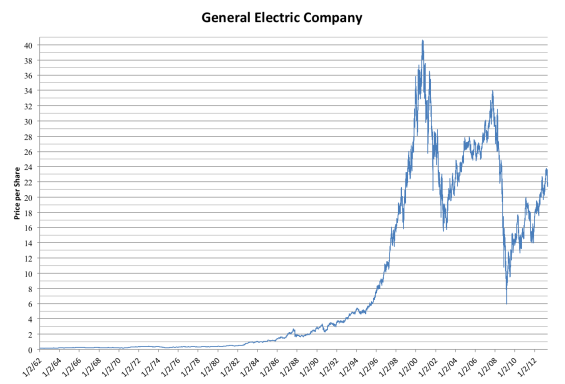The hanging suspension system is prone to self destruction, torsion and damper failures. Every hanging washer ever produced has exploded at some point. If a load becomes severely unbalanced enough the whole assembly will violently bang into the cabinet until the outer tub is destroyed and the cabinet is dented in to the point the whole washer is UN-salvageable. There are plenty of documented cases of this, including model Ts, LGs, Samsungs, ect, I even had two cases where the model T tub started banging into the cabinet. It was scary, rapid and loud, outer tub and ring cracked, much scarier than a Speed Queen going off balance which is nothing in comparison. People have even leaked videos of Whirlpool washers undergoing imbalance destruction testing showing this is an issue manufacturers are very well aware of but want to keep hush-hush and tip-toe engineer their way around with complex electronics and input sensing which I honestly don't believe makes the washer 100% self destruction proof because the news reports are still coming in.
To get rid of the torsion issue, ie the portable World Washers would physically spin around at the end of spin because of their brake, manufacturers took out the brake and just let the tub slow down on their full size units because the washer will either twist around, shatter its hanging sockets, or tear its rubber dampers without some heavy, pricey modifications.
Second issue are the dampers. Tub straps break, especially on model Ts. I've personally seen the damper pads on belt driven Whirlpools end up in the wash basket at the scrap pile. Dampers are masking (and rather poorly) the unrestrained unrestricted unhampered nature of a hanging tub. The whole design is asinine at best, dangerous at worst. I will never have another hanging tub washer for a variety of reasons including the fact it could explode at any moment.
Vibration. Not buying it. Vibration wise my Speed Queen vibrates slightly less than a model T. The milk stool takes care of it better than a hanging suspension while the meaty base and frame absorb whats left instead of vibrating/jiggling/shacking with what does get transferred. During a Speed Queen imbalance the tub bangs the cabinet, however the tub does not reach full speed like model Ts, World Washers, ect. As such the machine does not self destruct. Whats more the machine does not move- my Speed Queen has never moved an inch let alone split open during severe imbalances.
[this post was last edited: 7/25/2024-03:05]





